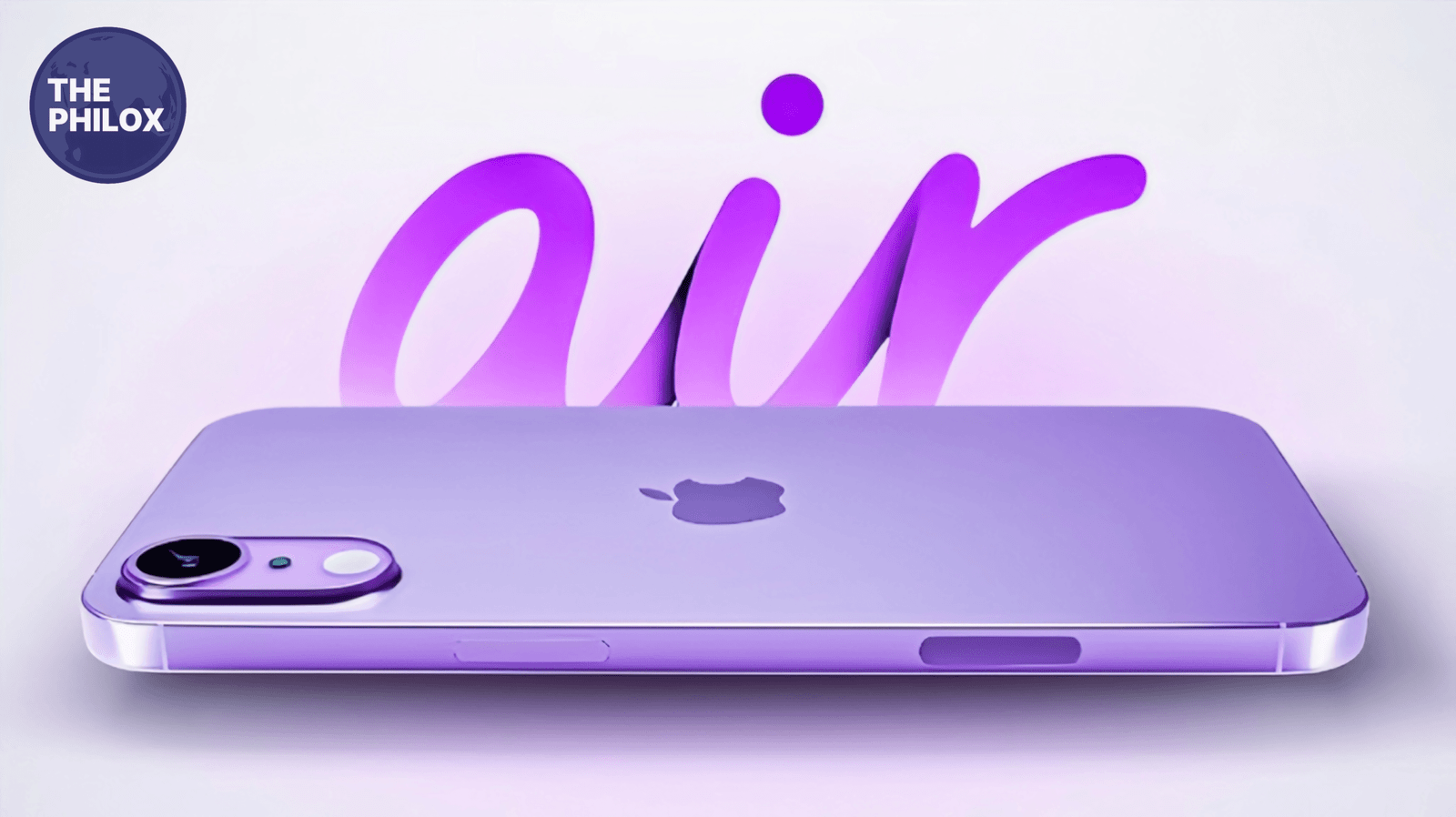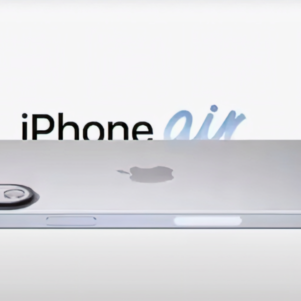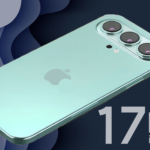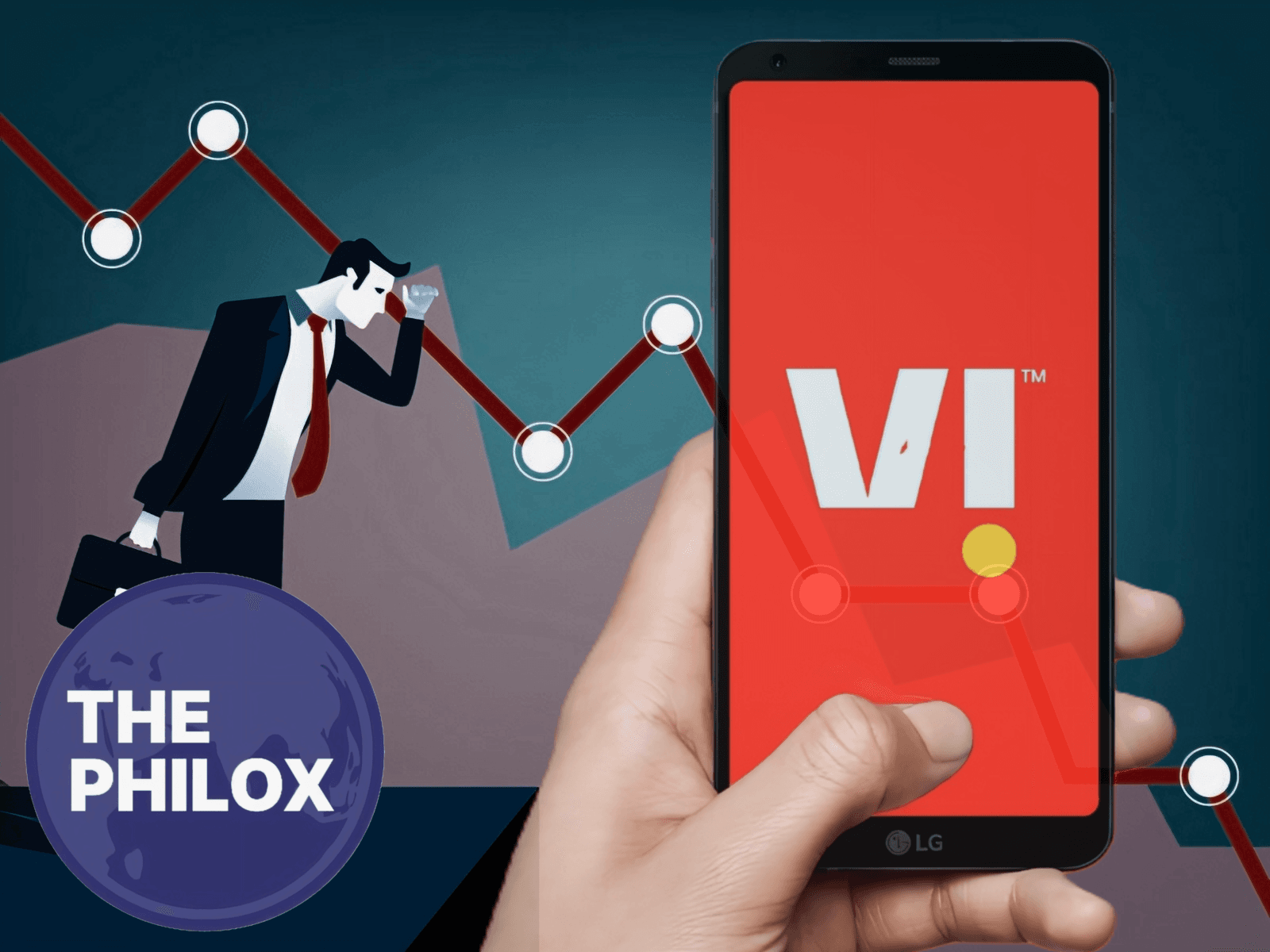Apple will be launching the much-awaited iPhone 17 series in September 2025. Among these are the standard iPhone 17 and a brand new variant: iPhone 17 Air. iPhone 17 Air will replace the older Plus version of iPhones.
The main objective behind this will be to make an ultra-slim, ultralight product thereby becoming Apple’s thinnest smartphone to date. It still remains consistent with what Apple is working towards: innovation, beauty, and portability.
This article explores the critical differences between these two models, covering aspects such as design, display, camera capabilities, performance, connectivity, and pricing. By the end, you’ll have a clearer idea of which model suits your needs best.
Design: The Thinnest iPhone Yet?
Apple has consistently pushed the boundaries of smartphone design, and with the iPhone 17 Air, it is set to introduce its thinnest iPhone ever.
Hence, according to reports, iPhone 17 Air is expected to be only 5.5mm or 6mm thick, so much thinner compared to its ancestors.
All of this was only possible due to the use of extremely light aluminum build that, not only gives it a somewhat stylish look, but also renders it lighter in weight and thus easier to carry around.
The Air model is for those people who like all other features, but want it to have an extremely sleek and modern, and ergonomic look, always.
This one is probably going to be a lot more conventional with the design. Sure, it is probably not going to be as slim as the Air version, but it should certainly use glass and aluminum.
The iPhone 17 will probably come out a pretty good compromise between strength and a high-end look. A standard version may introduce new finishes: an even pricier textured glass, along with titanium accents that are likely to make it look expensive.
The major design change of iPhone 17 Air is the camera placement. It could have a slimmer design and, therefore, more streamlined rear camera design making the device thinner without having a significant camera bump.
Meanwhile, the iPhone 17 will look like having a dual-camera design that gives it a bit more size.
Display: Bigger Screen for iPhone 17 Air
This means that the iPhone 17 series is expected to take the lead in the world of displays, now using the OLED ProMotion screen.
The Air model within the iPhone 17 series is said to house a 6.6-inch OLED screen which will bear a 120Hz refresh rate for silky smooth videos and animations-drenched interfaces and more superior general viewing experience.
On the other hand, the display screen of the iPhone 17 should be the same as 6.3 inches OLED for ProMotion capability.
It being slightly smaller compared to Air comes with vivid colors and high contrast ratio with bright details, perfect for users not requiring a rather large display anyway.
The varied screen sizes will attract people to use the phone according to the personal choice. The iPhone 17 Air, being bigger, is perfect for those who watch more movies and play games. The iPhone 17 will still remain small and ergonomic in size to be held for one hand use.
Camera: More Lenses or Sleek design?
The main difference of iPhone 17 from the iPhone 17 Air relates to the camera system. Considering past iPhones, Apple devoted most of the improvement to the camera system.
This company brought significant changes for this model of Air in the design during 2025.
1. iPhone 17 is most likely to house a dual camera system, 50-megapixel main sensor along with 12-megapixel ultra-wide lens, thus enabling the freedom of detailed shots, wide-angle landscapes, and low-light photographs.
2. Due to the extreme slimmess of the device, it might only be coming with a single 48-megapixel rear camera.
Though this minimalism will make sure that the device is quite thin, some of the photography functionalities may not be as powerful as in the normal iPhone 17.
A disappointment for photographers is that the iPhone 17 Air lacks ultra-wide or telephoto lens.
Apple apparently compensates by further developing software technologies with better computational photography, AI-based image processing, and more powerful portrait mode effects.
Selfie enthusiasts will also be pleased with a 12-megapixel front camera, which may come with better Face ID and low light.
Battery and Performance: Efficiency vs. Capacity
The ultra-thin design of the iPhone 17 Air raises a big question: battery life. The slimmer the chassis, the smaller the battery, which means endurance is going to suffer. Apple would try to minimize this with efficiency in the chips.
Both iPhone 17 and iPhone 17 Air are supposed to be supported by the Apple next-generation A19 chip, which is Apple’s next processor.
Its design should be an advanced 3nm architecture, most probably making it speedier and capable of doing much better processing in AI with the best energy efficiency that will also be likely enough to somehow help counter some negative aspects brought in by this downsizing into Air model from standard.
The iPhone 17 will have a larger body and hence possibly a larger battery size. That means more running time per charge. That makes them perfect for power users, mobile gamers, and anyone who needs more battery life through the day.
Both iPhone types have been offered with 8GB of RAM to support seamless multitasking and smooth performance across applications.
Connectivity: The eSIM-Only Future?
One of the biggest debates regarding changes in the iPhone 17 series is that it should finally come with eSIM technology.
1. The iPhone 17 Air should be an all-eSIM device, so no SIM tray should be there at all.
That also makes it fit into the overall minimalist design theme and enhances water resistance with the removal of extra openings but may pose some compatibility issues within regions that aren’t quite into eSIM adaptation yet.
2. The iPhone 17 is likely to sport a physical SIM slot, thus making it even more compatible with many markets across the globe. It’s an even safer bet in that sense for travelers or people who are switching between carriers often.
Both variants will include Wi-Fi 7, 5G connectivity, and UWB technology to provide faster wireless performance.
For instance, the pricing policy of Apple’s iPhone 17 series epitomizes their focused targets. The much-anticipated new iPhones 17 Air must anticipate a premium price.
Such iPhones must first come with premium looks that feature ultra-thin profiles and larger display sizes than standard iPhones 17.
It’s chock-full of the latest and greatest, but this time at a lower cost, so maybe more consumer audience can experience it.
In that regard, it can give a user a more value-driven experience at the expense of taking away premium price associated with the design of the Air variant.
Which of the iPhone 17 Models Will Work for You?
The new iPhone 17 Air and the new iPhone 17 both service the different types of preferences for consumers:
1. Get the iPhone 17 Air if:
2. You want ultra-thin, very slim design and portability.
3. You want a larger 6.6-inch screen.
4. You don’t mind an eSIM-only model.
5. You are not bothered with a single camera system with software improvement.
Choose iPhone 17 when:
1. You need an old-school design of an iPhone with the best balance of ruggedness and style.
2. You want to have a dual camera system for better photo versatility.
3. You want a bigger battery to have a long-lasting battery.
4. You still depend on a physical SIM slot for better carrier compatibility.
Both will end up in the best technology, making both phones great in the flagship market. Whether it is ultra-thin elegance in the iPhone 17 Air or versatility in a balanced way in the iPhone 17, Apple’s 2025 lineup is turning out to be one of its most exciting releases so far.
Stay Connected and Share Your Stories
For all those inspired by stories of resilience and ambition, follow us on X/Twitter and on Instagram . For those with untold stories that you would love to share, please send them to contact@thephilox.com









One thought on “Know the Differences Between the iPhone 17 and iPhone 17 Air”